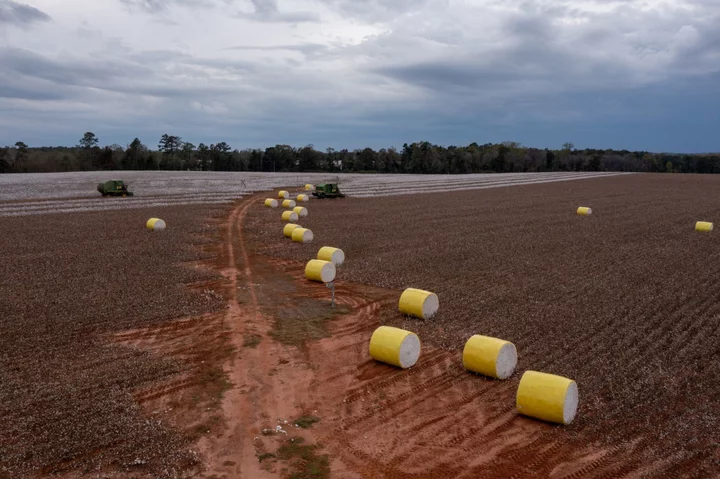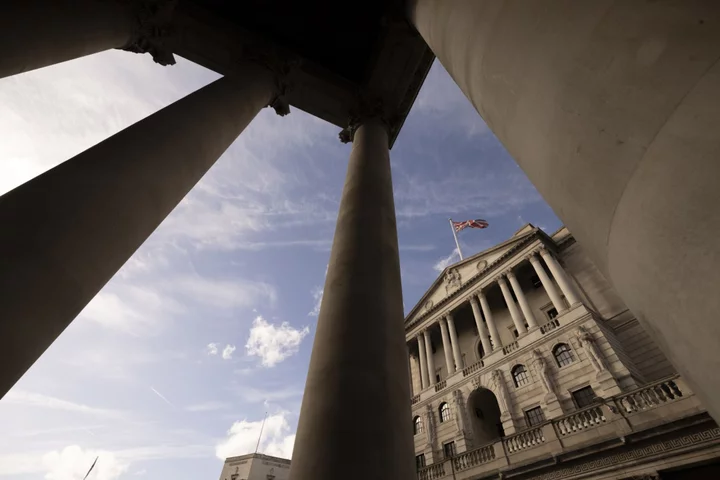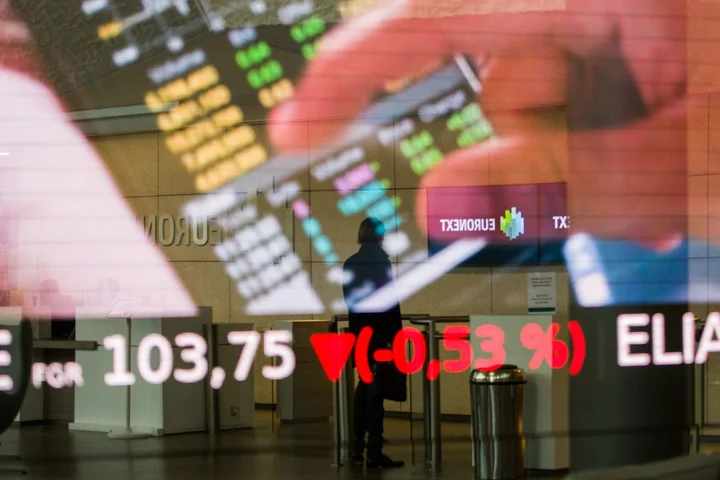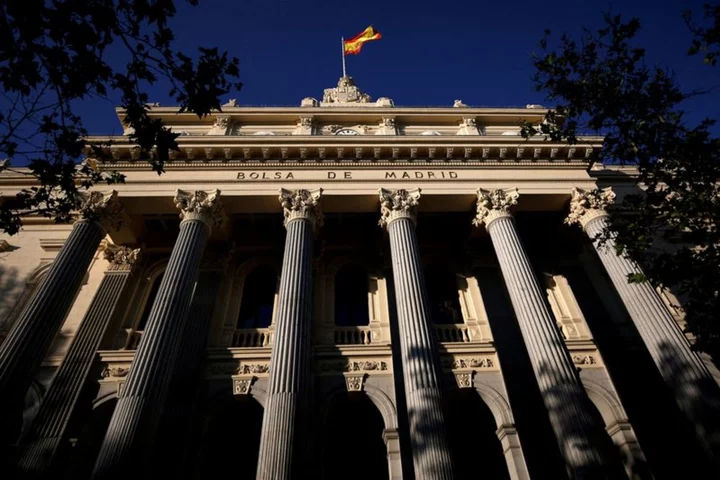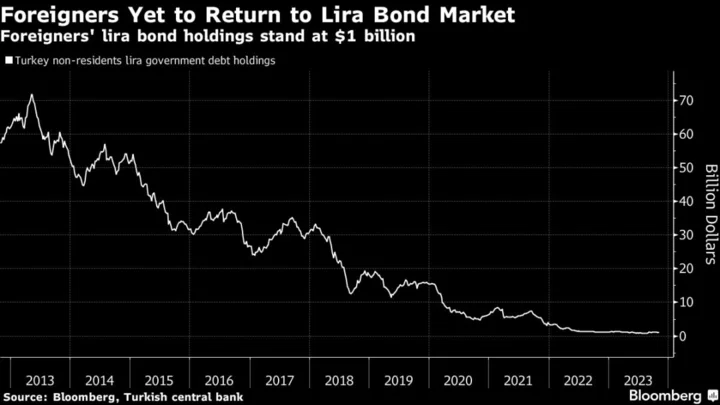In an era of historic inflation, one alternative investment has been making its way into portfolios as a diversifier and potential hedge against stubborn price pressures: farmland.
“It’s actually shown to be more inflation-linked than gold in that in times of high inflation or persistent inflation, it tends to outperform,” said Carter Malloy, founder of AcreTrader, a farmland investment company based in Arkansas. “And also that it just doesn’t have a lot of correlation to other asset classes. It’s almost exactly zero in its correlation to the S&P.”
Malloy joined the What Goes Up podcast to talk about the business and process of investing in agricultural land. Here are some highlights of the conversation, which have been condensed and edited for clarity. Click here to listen to the full podcast or subscribe below on Apple Podcasts, Spotify or wherever you listen.
Listen to What Goes Up on Apple Podcasts
Listen to What Goes Up on Spotify
Q: How does AcreTrader work and who is your investor base?
A: It is accredited investors on the platform — that ranges from folks in cities to farmers in rural areas and folks that live near farming, to institutions as well — family offices, etc. The goal for most folks is to find some stability and some diversification. That’s often why we see folks with real interest in farmland — that slow and steady compounding that it can offer to investors.
Q: And it’s not really correlated with risk assets or even Treasuries. It is correlated with inflation to some degree. Talk to us about what you can expect from that return profile and the volatility as an investor in farmland.
A: First, it’s important to consider what farmland is not. Farmland is not a get-rich-quick scheme. You rarely hear people saying, ‘oh my gosh, I doubled my money on my farmland investment this year.’ Inversely, you also don’t hear people saying, ‘oh my gosh, I’ve lost all my money on farmland this year.’ So what investors often are looking for is that slow and steady compounding of capital. And those returns, it’s been a fairly consistent low-double-digit return — 11% or 12%. Nothing, ‘oh my goodness.’ But when you compare it to other mainstream asset classes, that return profile is pretty similar over long periods of time.
What’s more fascinating is the consistency of those returns. You don’t have big, huge up years and huge down years that you do across so many other mainstream asset classes. So the consistency of the returns and that relative lack of volatility means that the Sharpe ratio of farmland can be very, very attractive — the risk-adjusted returns there. And in addition to that, there’s a couple of key themes. One is it can be inflation-linked. It’s actually shown to be more inflation-linked than gold in that in times of high inflation or persistent inflation, it tends to outperform. And also that it just doesn’t have a lot of correlation to other asset classes. It’s almost exactly zero in its correlation to the S&P.
Q: I’m curious about the risk management or potential downside of this type of investment.
A: We tend to think of the world generally speaking as opco and propco. Your operating company is the farming business. Your property company is owning the underlying land. And so we tend to look more to be the property company in that scenario, whereas the farmer is the operating company. They often have insurance to help backstop them — often government-subsidize insurance, at that. So as a tenant and as a partner, farmers tend to be very stable over time. And as a result, we do see very low default in our vacancy rates throughout the ecosystem as an example of that.
There are certainly risks in there. And one of the greatest ones is just underwriting risk — making sure that you are actually, in fact, buying farmland well. And it’s really hard to do because there’s such a lack of information in our world. So we’ve got a large data-science and engineering crew, as an example, helping to build underlying geospatial analytics and data for us just to help inform these underwriting decisions. And we’ve got a great team out building partnerships with farmers and going and looking on a deal-by-deal basis.
Q: How is farmland performing of late, and what did prices do during the pandemic?
A: As a general statement on the appreciation side, the years before the pandemic — the five or six years before then — we saw relatively muted appreciation. We have seen some catchup in that long-term — call it mean reversion — in terms of appreciation the last few years. So we’ve seen more meaningful, we’ll call it double-digit versus your typical single-digit-type of growth in the underlying asset. The rents themselves or the income coming off the farm, has, generally speaking, also grown over that same time period.
Click here to hear the rest of the interview.
--With assistance from Stacey Wong.
Author: Vildana Hajric and Michael P. Regan

